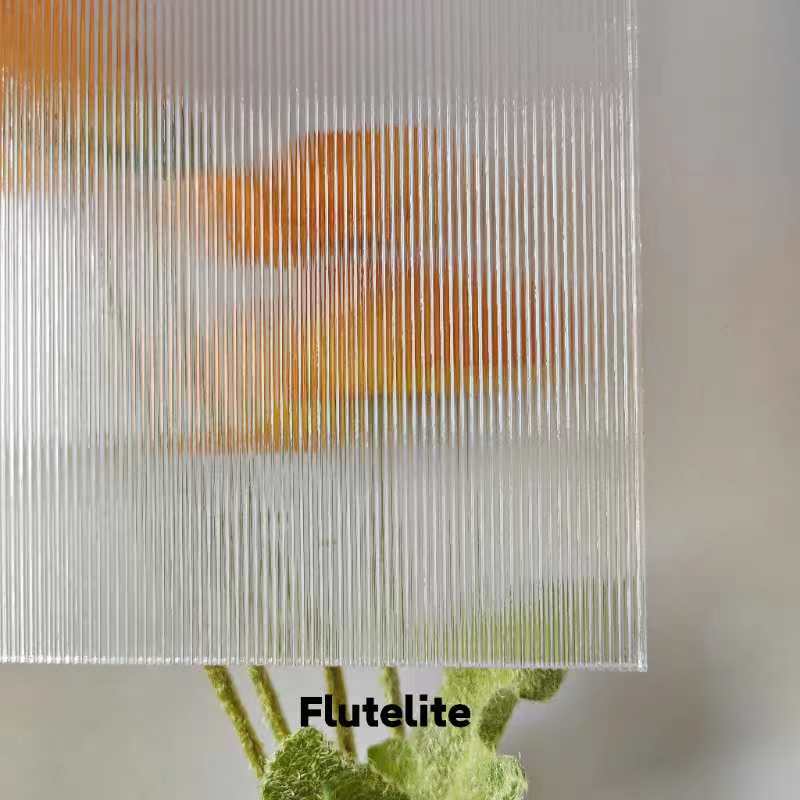

The Beauty and Functionality of Float Glass Mirrors
Float glass mirrors are an exquisite blend of artistry and functionality, showcasing a perfect balance between aesthetic appeal and practical application. These mirrors have become a staple in homes, businesses, and even art installations, serving not just as reflective surfaces but as vital elements in interior design. This article delves into the unique characteristics of float glass mirrors, their manufacturing process, and their multifaceted uses, underscoring their significance in contemporary décor and functionality.
What is Float Glass?
Float glass is a type of glass that is manufactured using a floating process where molten glass is poured onto molten tin. This method creates a smooth, flat surface typical of what we term 'float glass.' The smooth finish is essential for mirrors, as it allows for a clear and accurate reflection, which is crucial in various applications—from bathrooms to art.
The initial clarity and flatness of float glass make it the material of choice for mirror production. When a thin layer of silver or aluminum is applied to the back of the glass, it transforms into a mirror, ready to serve its myriad functions.
Manufacturing Process
The production of float glass mirrors is a carefully controlled process that requires precision and expertise. Initially, high-quality raw materials, like silica sand, soda ash, and limestone, are melted at high temperatures to create the glass. Once the glass is formed, it undergoes the floating process, producing a sheet of glass that is both uniform and smooth.
After the initial glass is produced, the next step involves the application of a reflective coating. This is typically done by depositing a thin layer of silver or aluminum onto the back of the glass. The reflective surface is then protected with a layer of paint or other coatings to enhance durability and prevent oxidation.
The final stage of production involves cutting the glass into desired shapes and sizes, as well as adding any additional features, such as beveling or distressing. This meticulous process ensures that each float glass mirror meets quality standards while providing an aesthetic that appeals to a broad audience.

Versatile Applications
Float glass mirrors possess a wide range of applications that extend beyond mere reflection. They are commonly used in residential spaces, including living rooms, bedrooms, and bathrooms, where they can enhance light and space. Strategically placed mirrors can create an illusion of depth and brightness, making even the smallest areas appear larger and more open.
In commercial settings, float glass mirrors are often employed in retail displays, salons, and wellness centers. They serve to enhance the shopping experience by allowing customers to see themselves in an appealing light, quite literally. Additionally, mirrors are integral to branding and ambiance; they can create an inviting atmosphere that encourages customers to linger.
The artistic potential of float glass mirrors cannot be overlooked. Artists often utilize mirrors in installations to challenge perceptions, manipulate light, and create engaging visual experiences. Through innovative designs and placements, float glass mirrors transform spaces into interactive art forms.
Maintenance and Care
To ensure that float glass mirrors retain their luster and clarity over time, proper care is essential. Regular cleaning with a soft cloth and non-abrasive glass cleaner will prevent streaks and build-up, maintaining their original shine. Furthermore, avoiding harsh chemicals and abrasive materials will prolong the life of both the glass and the reflective coating.
Conclusion
In conclusion, float glass mirrors are more than just reflective surfaces; they are crucial elements of design that enhance both the beauty and functionality of spaces. With their versatile applications, elegant aesthetics, and sophisticated manufacturing process, they have secured their place in the world of interior design and artistry. As trends evolve, it is certain that float glass mirrors will continue to reflect not just our physical appearances but also our cultural and artistic aspirations. Whether in our homes, workplaces, or creative spaces, these mirrors will remain a testament to the intricate interplay of light and reflection.